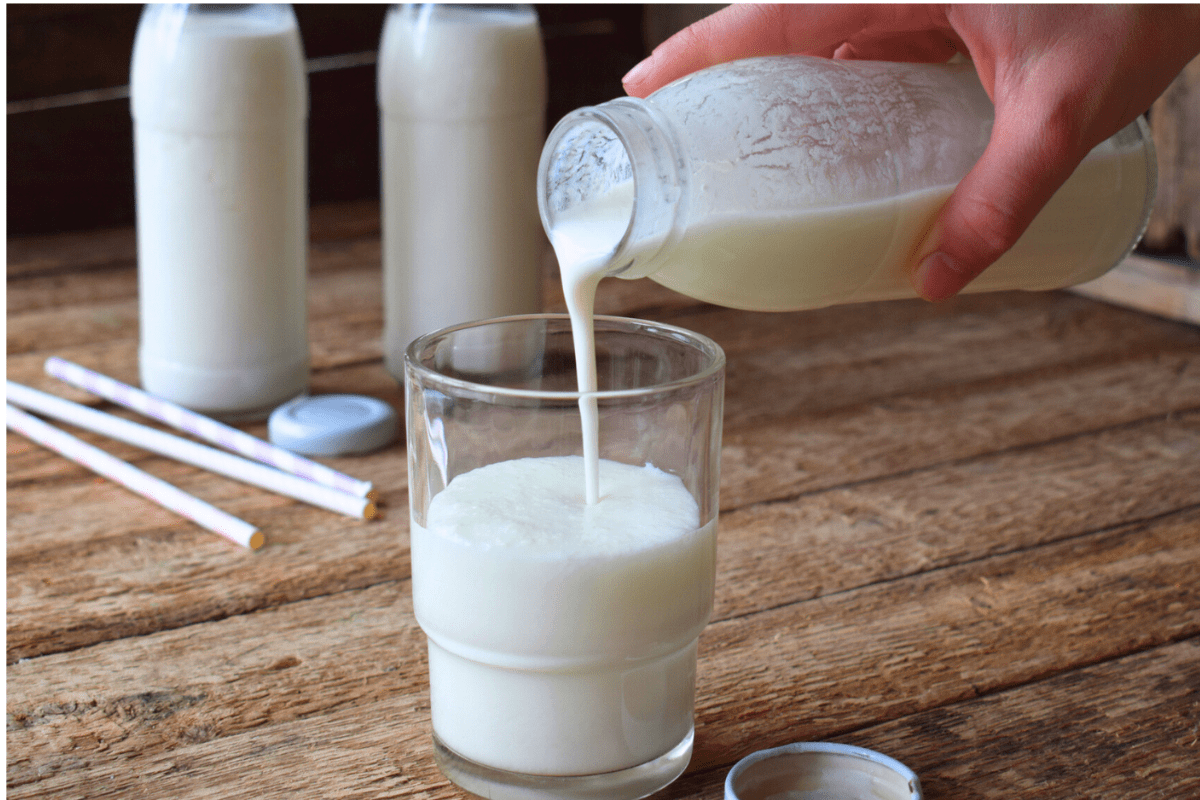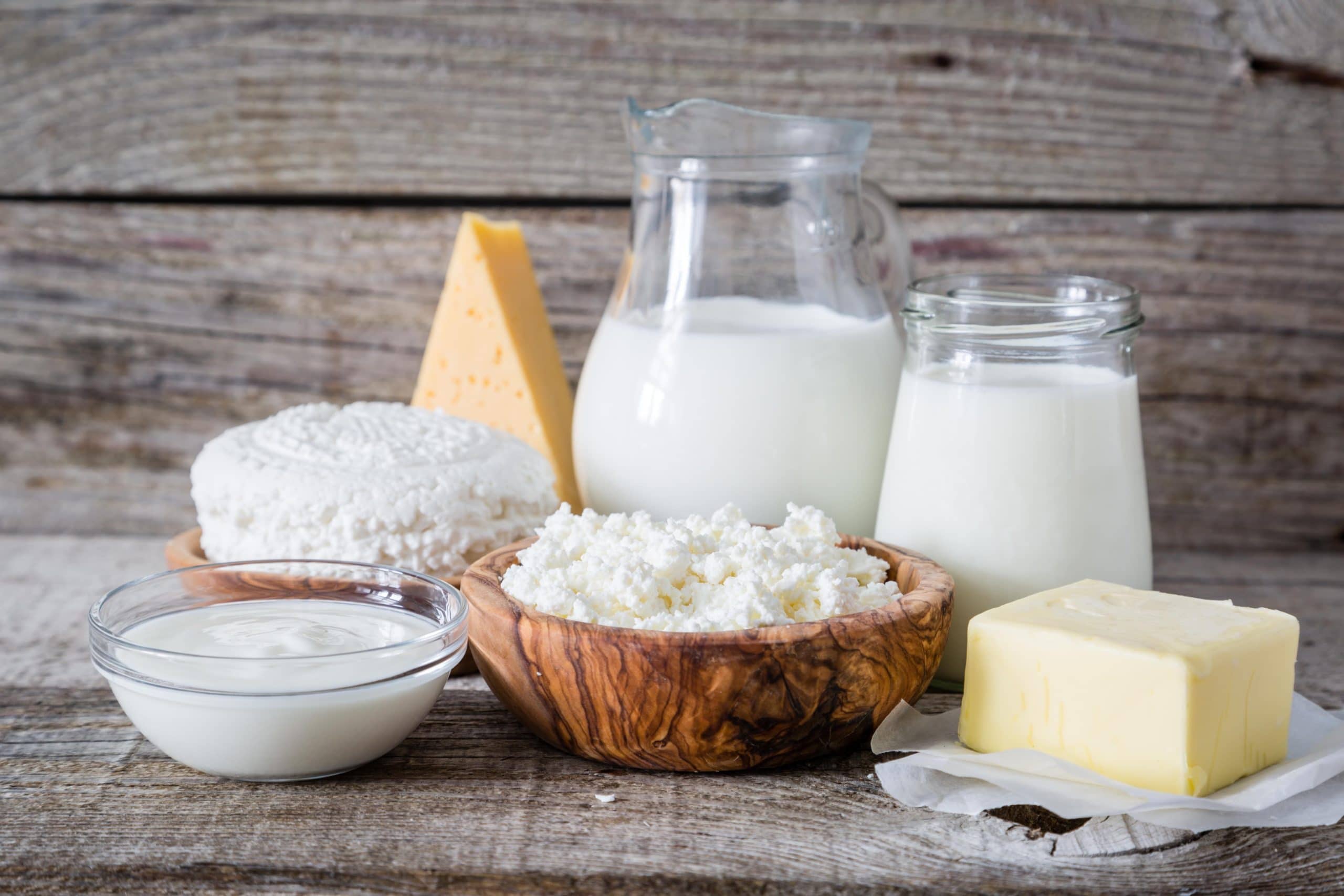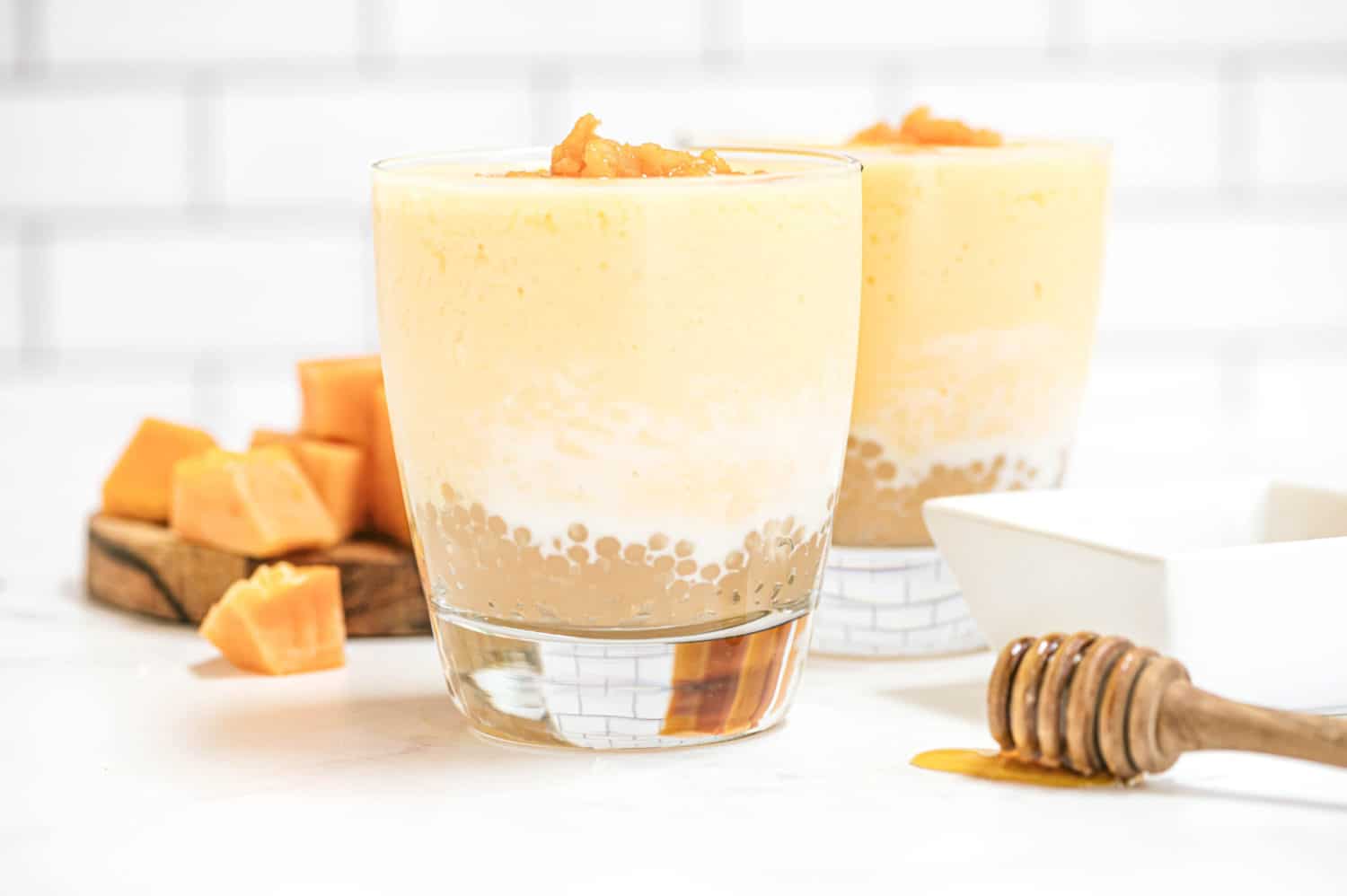Food is a source of comfort as we shelter in place to stop the spread of the coronavirus, but you want to eat the right foods to stay healthy.
In a virtual chat with American Dairy Association North East Registered Dietitian Michelle Barber, the mom of two answers questions about properly balancing food plates, the role of dairy in an overall healthy diet and why more of us should be paying attention to vitamin D.
Why is it important to eat healthy, especially now?
Michelle: Having your family eat a balanced diet with a variety of foods helps maintain a healthy immune function which is super important nowadays. As moms, we want to do everything we can to keep our family healthy. Eating a balanced diet to help maintain a healthy immune function is one thing that we can control, and we can do right now.
A healthy, balanced meal includes a variety of foods from each food group — fruits, vegetables, dairy and other protein sources, and whole grains. Each food group contains essential nutrients your body needs for life and growth.
When you visualize a healthy, balanced meal on a plate… what does that look like?
Michelle: When I fix a plate of food for myself or my kids, usually one-half the plate is a mix of fruit and vegetables, one-quarter of the plate is lean protein and one-quarter is whole grains.
Sometimes we add cheese or yogurt to our meal for a serving of dairy and have a glass of milk with our meals to get the recommended three servings of dairy a day.
Each of the food groups provides a range of unique nutrients, and all have a role in helping the body function. An easy way to understand what’s in a healthy diet is through MyPlate, where there’s also information on food planning during the coronavirus pandemic.

What is milk’s role in an overall healthy diet?
Michelle: Milk not only tastes great, it’s also an affordable good source of 13 essential nutrients. Those nutrients are there whether you drink white milk, chocolate milk, or other flavored milk.
Most people don’t realize that milk is the #1 food source for calcium, vitamin D and potassium — nutrients that many Americans, including children, are lacking in their diets. I also know that research shows that consuming dairy products provides health benefits — especially improved bone health, and a reduced risk of certain chronic diseases such as heart disease and type 2 diabetes.
By giving them milk, I know I’m providing my kids with nutrients that are going to help set them up to have the best chance for a healthy life. My boys love chocolate milk and it’s always an easy YES in my household when they ask for it. Let’s face it, milk can be fun to drink too. My son, Griffin, loves making chocolate milk bubbles!
Why is vitamin D so important?
Michelle: Vitamin D has gotten a lot of media attention over the last couple of years. It seems that more and more research is emerging on this topic and every time a new research article is published it makes the news.
We’ve always have known that Vitamin D is an important essential nutrient for bone health and that most Americans are not getting enough of this nutrient. Now we’re finding out that vitamin D goes beyond bone health to reduce the risk of cancer, heart disease, stroke, diabetes, autoimmune disease, and more.
The next time you visit your doctor, don’t be surprised if it’s suggested you take a vitamin D supplement.
Other than supplements, what are other sources of vitamin D?
Michelle: Vitamin D is unique in that you can get it from food, or your body can make it from the sun. Many people don’t know that milk is fortified with 100 IU of vitamin D per cup and is an easy way to get more Vitamin D into your diet.
Depending where you live, it can be hard to get vitamin D from the sun. Many times, especially people who live in the Northeast region of the United States do not get enough sunshine for appropriate vitamin D levels. Being stuck indoors at home because of the coronavirus pandemic isn’t helping matters. Children who already can’t get outside for sunshine especially need their milk as a source of vitamin D.





